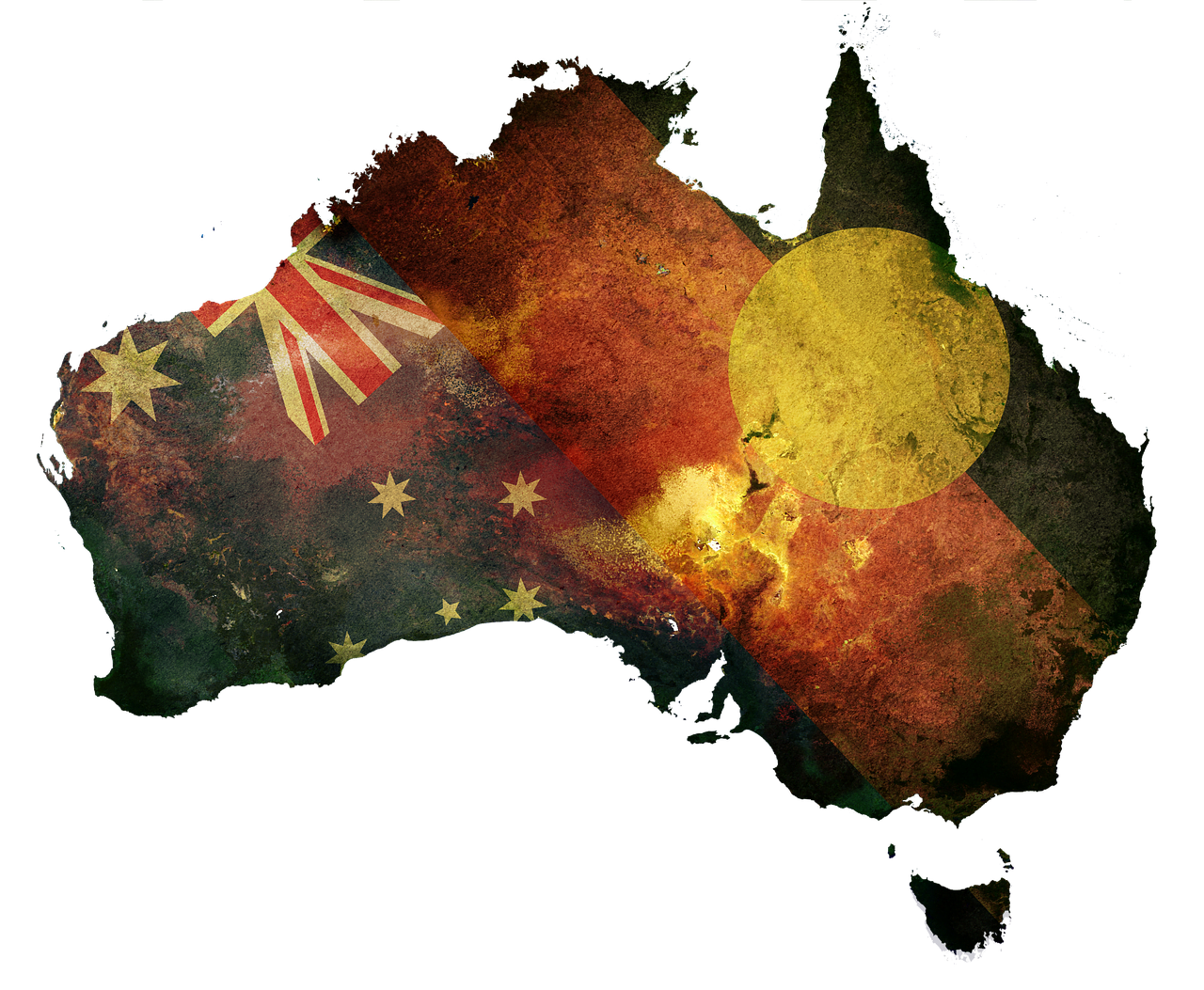Australian Aboriginal Sign Language (or, rather, languages) (AASL) are a rich and diverse array of communication systems that have existed within Indigenous Australian communities for generations. These sign languages hold immense cultural significance and have served as vital modes of communication for Deaf Aboriginal Australians. However, the complexity and diversity of these languages, coupled with the lack of comprehensive documentation, pose significant challenges in preserving and understanding them.
Diverse Linguistic Landscape
Australia boasts an incredibly diverse linguistic landscape, with over 250 distinct Indigenous languages and numerous dialects. Similarly, AASL encompass a wide range of sign languages, each unique to specific Indigenous communities and regions across the continent. These sign languages were used for communication among Deaf Aboriginal individuals within their communities, showcasing the richness and complexity of Aboriginal cultures.
Challenges in Preservation
Unfortunately, many AASL have been lost over time due to various factors, including colonization, cultural assimilation, and the lack of documentation. The oral and visual nature of these sign languages, passed down through generations, made them susceptible to loss as communities faced disruptions and displacement.
Significance for Deaf Aboriginal Australians
For Deaf Aboriginal Australians, AASL held immense importance as they provided a means of communication within their communities. These sign languages facilitated connections, sharing of stories, cultural knowledge, and enabled participation in daily activities, rituals, and ceremonies. They were integral to preserving cultural identity and strengthening community bonds.
The Difficulty of Preservation
The challenge in preserving AASL lies in the lack of comprehensive documentation. Unlike spoken languages, sign languages often rely on visual nuances, gestures, and facial expressions, making it challenging to capture and preserve them accurately. Furthermore, the remote and diverse nature of Indigenous communities contributed to the variability and uniqueness of these sign languages, further complicating efforts to record and document them.
Significance of Lost Knowledge
The loss of Aboriginal Sign Language (AASL) represents not only the disappearance of a language but also the erasure of cultural heritage and knowledge. Many of these sign languages contained rich histories, traditions, stories, and cultural practices unique to specific Indigenous groups. The loss of AASL has contributed to gaps in understanding the full breadth and depth of Indigenous cultures.
Interesting Facts
- Some Aboriginal communities continue to use and preserve their sign languages, maintaining their cultural heritage despite challenges.
- Efforts by linguists, researchers, and Indigenous communities are ongoing to document and preserve remaining AASL, recognizing their significance in preserving cultural identity.
- Some AASL were used for hunting and communicating across long distances, showcasing their adaptability and practicality within Indigenous societies.
Future Prospects
Despite the challenges, there is a growing recognition of the importance of preserving AASL. Collaborative efforts between linguists, communities, and cultural institutions aim to document and revitalize these sign languages, acknowledging their significance in the cultural fabric of Indigenous Australia.
In conclusion, Australian Aboriginal Sign Languages represent invaluable cultural treasures that have shaped the identities and connections within Indigenous communities. Their loss underscores the urgency and importance of preserving and revitalizing these sign languages, honoring the legacy and resilience of Deaf Aboriginal Australians and their rich cultural heritage.



